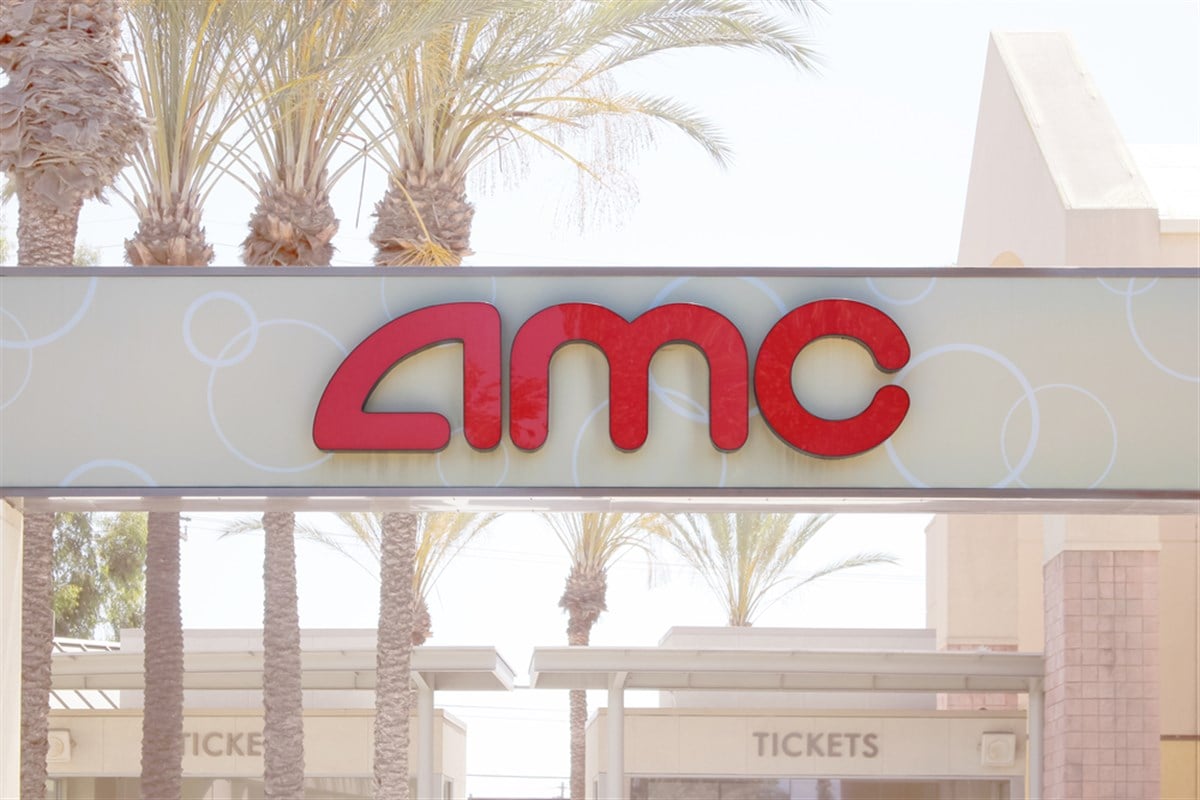
The so-called ‘meme stocks’ recently returned in the past few months. As some investors thought this round would repeat what happened in 2021, that would be a sorely mistaken assumption. Today’s market is anything but similar to its 2021 cousin, starting with interest rates over 4x what they used to be.
Interest rates act like a gravity lever that can either pull stocks down or propel them higher, depending on where the Federal Reserve (the Fed) decides to place them because of COVID-19 lockdowns and a halt in the U.S. economy forced the Fed to drop interest rates to near zero, giving markets a ‘risk on’ attitude and leading it to back just about any stock.
Today, it isn’t only GameStop Corp. (NYSE: GME) that saw a recent rally (that, too, was unjustified). Shares of AMC Entertainment Holdings Inc. (NYSE: AMC) have also made a recent ‘revival rally’ that proved to be a mere shadow of its 2021 counterpart, but here’s why that won’t last for those looking to bet the ranch on a single roulette spin with hopes of retiring overnight.
Why AMC Stock Struggles to Maintain High Prices in Today’s Economy
Due to these low interest rates and highly manipulative environments, meme stocks will have difficulty keeping their short-lived rallies, which lasted several months during 2021. GameStop took things further in its latest attempt to get market attention.
In the company’s latest quarterly earnings report, investors will notice a net profit in GameStop’s income statement. However, an interest income item outside the company’s core operations may have artificially inflated this. Its core operations, proxied by operating cash flow, showed a net outflow of $109.8 million.
Because the company didn’t actually make any money, it had to dilute shareholders by $201.9 million to fund GameStop’s ongoing operations. AMC shareholders stand to experience a similar fate: Dilution.
AMC’s financials will show that operating cash flows were of a net $188.3 million outflow, leaving the company no choice but to issue roughly 70 million shares into the market, diluting shareholders by approximately 47.8%. Why on Earth would this mean good news for the stock price? It doesn’t.
The stock rallied only because GameStop was able to revive Keith Gill’s (A.K.A. Roaring Kitty) tweet about his large position in GameStop stock. Because AMC is also considered a meme stock, investors thought this would be a repeat of the past, not even close.
Part of the consumer discretionary sector, AMC stock is battling with what economists call stagflation, which is defined as low economic growth with high inflation. The economy begins to fit the profile because U.S. GDP growth rates were revised lower to 1.3% over the past quarter, while inflation remained above 3%.
Why would consumers prioritize going to the movies during one of the worst economic environments in U.S. history when they can get cheaper snacks and a more expansive repertoire of content through The Walt Disney Co. (NYSE: DIS) Disney+ or even through Netflix Inc. (NASDAQ: NFLX).
These are just some of the fundamental reasons behind AMC’s headwinds during its recent rally. It’s time for investors to add the technical side to this failed attempt.
The Technical Barriers Keeping AMC Stock from Rallying
Technical doesn’t always mean chart patterns and indicators; this time, for AMC, it goes even deeper than that. I might as well start with the chart, particularly regarding what AMC stock did in 2021.
Going from $22 a share in the early days of 2021 to finishing at over $726 in June, investors who caught this speculative bubble walked away with ungodly amounts of money and a wrong perception of stock market realities to pair.
Fast-forward to today. AMC stock rallied from $3 a share in May to $13.3 a share within a couple of weeks. Far from lasting six months like in 2021, this rally only lasted about three days, showing that management only took the opportunity to issue expensive shares and buy themselves another year of compensation for their ‘efforts.’
Analysts at Citigroup see AMC stock valued at only $3.2 a share, calling for a net downside of 41.2% from where the stock has rallied to today. More than that, earnings per share (EPS) projections for the next 12 months expect another year of negative earnings, making it more likely for the stock to remain at lower prices.
For all of 2024, AMC stock’s short interest has been rising for each consecutive month, showing investors that there is no end to the bearish appetite to keep this stock where it should theoretically be. As if that wasn’t enough, AMC stock reports a net institutional outflow of $359.2 million over the past year; not even pensions want to see this stock in their holdings.













